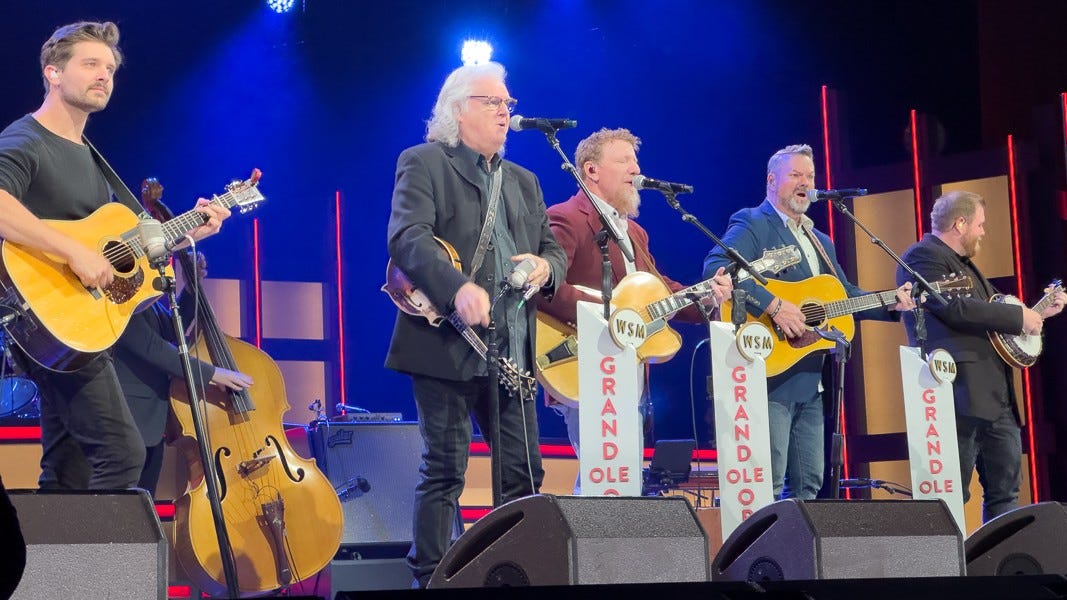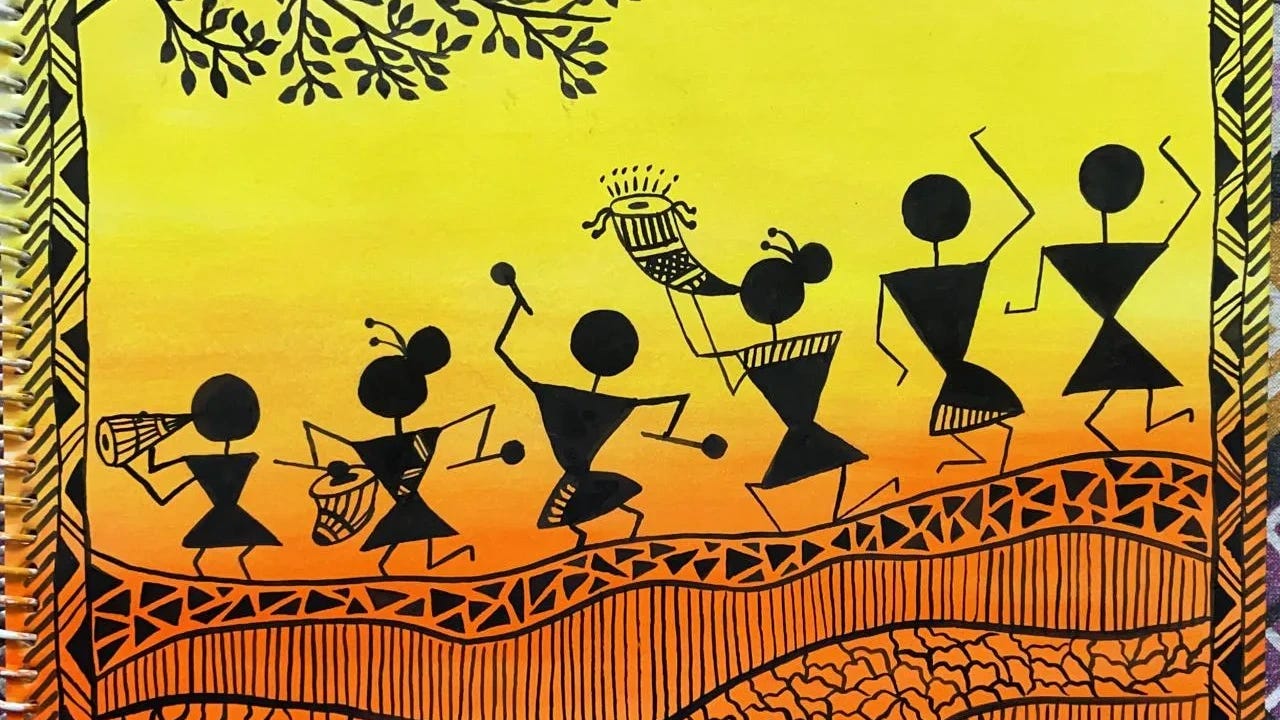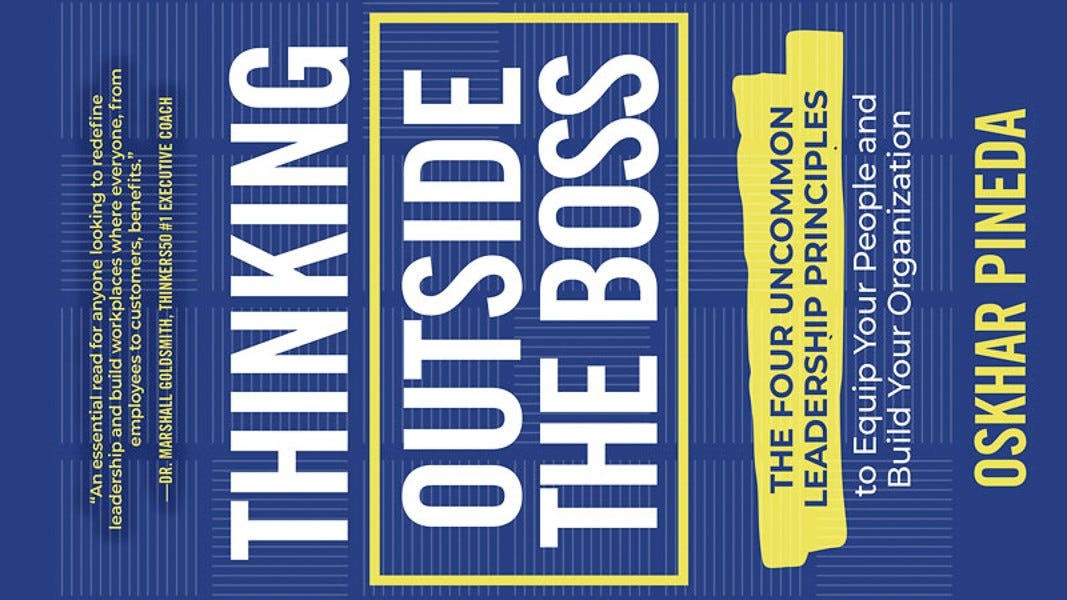The Spark of Authentic Leadership
Lily penned this week's newsletter, drawing wisdom from my weekend at Nashville's Listening Room with Marshall, where we both found ourselves tearing up watching songwriters speak from their hearts.
Last week, my dad visited Nashville's Listening Room, where songwriters reveal the stories behind their songs before performing them. When he told me about how these artists transform vulnerability into connection by sharing their creative process, I couldn't help but think about the parallels to leadership. His experience reminded me of something I've been discovering as an entrepreneur developing my own patented chef's knife: the most potent moments in both art and leadership occur when we dare to share not just the polished outcome, but the messy, uncertain journey that led us there. This realization sparked three insights about authentic leadership: that breakthrough moments emerge in the margins of our structured work, that vulnerability creates a deeper connection than perfection ever could, and that great leaders, like great musicians, make space for diverse voices to harmonize rather than conform.
The most transformative insights rarely arrive on schedule. As someone who plays four instruments and now runs a business, I've learned that creativity emerges in what I call "the margins" – those moments between formal meetings, during kitchen dance parties, while testing knife prototypes, or while humming in the shower. Some of my best product innovations have come while actually cooking, not sitting at my desk. The same is true in organizations. Breakthroughs surface during impromptu conversations with my design team, over unexpected coffee with suppliers, or in the quiet reflection after a challenging prototype session. When leaders create environments that honor both structured work and organic connection, they give their teams permission to bring their whole creative selves to the challenges they face. This requires valuing presence over productivity and recognizing that innovation needs breathing room to flourish. Sometimes the best ideas come when we're not trying so hard to find them.
Vulnerability in leadership, like a songwriter sharing the story behind their lyrics, fundamentally changes how others receive our message. When I first presented my knife design to potential manufacturers, I learned that revealing the doubts, iterations, and near-misses that preceded our final patent actually invited genuine partnership rather than mere transactional relationships. I think about Bob Dylan during the recording of "We Are the World," surrounded by polished vocalists, unable to find his place until Stevie Wonder sat beside him and helped him hear his own unique contribution. This moment captures a profound truth I've experienced building my team: authenticity trumps perfection every time. When leaders admit uncertainty, share their learning process, or acknowledge when they need help finding their voice, they model the kind of courage that inspires teams to take creative risks. The most respected leaders I know aren't afraid to say "I don't know" or "Help me understand."
The highest expression of leadership mirrors what happens in great musical collaboration – creating conditions where different voices don't just coexist but elevate each other. Stevie Wonder's technical mastery becomes most powerful when he uses it to help Dylan find his distinctive contribution. Similarly, as I build my company, I'm learning that my role isn't to be the loudest voice in the room but to orchestrate moments where my team's individual strengths – from engineering to marketing to culinary expertise – combine into something greater. As someone who was an aspiring singer in high school and still finds great joy in music, I've discovered that harmony doesn't mean uniformity; it means creating intentional space for contrasting styles, perspectives, and approaches to work together toward shared purpose. Like musicians who understand that silence can be as important as sound, great leaders know when to step back, when to amplify others, and when to simply hold space for the magic to emerge.
In life and leadership, the willingness to risk vulnerability in service of authentic connection defines our impact. For those we lead and love, our greatest gift isn't our certainty but our humanity – the courage to share our creative process, embrace diverse voices, and trust that the spark will return even when the melody feels lost. When we create environments where people feel safe to bring their whole selves, where breakthrough moments can emerge organically, and where different voices harmonize rather than homogenize, leadership transcends performance and becomes art. And maybe that's what I've learned most from watching my dad while building my own business – that the best leaders have the spark of authentic leadership and, like the best musicians, keep showing up, keep listening, and keep making space for others to find their voice.
With love, gratitude, and wonder,
Scott x Lily Osman
Why We Quickly Forget So Much of What We Learn by Ruth Gotian, Ed.D., M.S.
Ruth Gotian, Ed.D., M.S. explores a fascinating paradox that many of us experience: we consume compelling content with enthusiasm and conviction that we'll remember it forever, only to find it forgotten mainly within days. Gotian explains this phenomenon through Hermann Ebbinghaus's research on forgetting curves, which demonstrates that we lose approximately 50 percent of new information within an hour, 75 percent within a day, and up to 90 percent within a week. She argues that this isn't a personal failing but rather our brain's natural design, exacerbated by our modern habit of passive content consumption across multiple screens without meaningful engagement.
To combat this inevitable forgetting, Gotian offers practical strategies that can significantly improve retention. She emphasizes the importance of active engagement through summarizing material in your own words immediately after learning, reflecting on connections to existing knowledge, and applying new concepts as quickly as possible. Additionally, she suggests leveraging AI tools for personalized reinforcement and spaced repetition. Gotian's central message is that effective learning requires intentional effort beyond mere consumption—it demands repetition, reflection, and action to transform temporary awareness into lasting understanding.
From Open Hearts to Doorknob Confessions: To Share or Not to Share, that is the Question by Vanessa Patrick
Vanessa Patrick offers valuable insights about the art of strategic self-disclosure in professional settings. Through her experience promoting her book The Power of Saying No on podcasts, she discovered that audiences crave personal connection alongside expertise. Patrick argues that effective self-disclosure goes beyond mere information sharing—it's about intentionally revealing aspects of yourself that build trust and strengthen your personal brand. She emphasizes that in today's digital age, self-disclosure includes not just verbal communication but also non-verbal cues like social media posts and shared content that reflect your values and preferences.
Patrick provides three practical strategies for meaningful self-disclosure without oversharing. First, she advocates curating what you share to reflect your desired personal brand, encouraging readers to consider what impression their communication leaves. Second, drawing inspiration from Mellody Hobson's approach, she recommends preparing and practicing personal stories to ensure they land with clarity and impact. Finally, Patrick stresses the critical importance of timing, warning against both premature revelations and last-minute "doorknob confessions" that can undermine leadership effectiveness. Her framework positions self-disclosure as a disciplined leadership tool that, when used intentionally, builds credibility and meaningful connections.
Thinking Outside The Boss by Oskhar Pineda
In "Thinking Outside the Boss," Oskhar Pineda challenges conventional leadership approaches that prioritize looking good over genuine accountability and team development. Drawing on his three decades of success in the construction industry, Pineda argues that organizations often become distracted by quick fixes rather than focusing on the fundamental principles of leadership. He advocates for a paradigm shift that prioritizes employees, moving away from traditional top-down management styles.
Pineda's methodology centers on four essential pillars: vulnerability, communication, trust, and mission. Through his practical experience, he demonstrates that businesses don't have to choose between profits and people—a false dichotomy that many leaders accept. His approach proves that when employees are genuinely prioritized and empowered to "think outside the boss," organizations can achieve exceptional results. The pandemic reinforced his long-held belief that superficial perks and benefits fail to create true employee commitment. Instead, Pineda demonstrates that happy, engaged workers naturally produce higher-quality work, leading to satisfied customers and thriving businesses, ultimately maximizing both productivity and employee quality of life.













